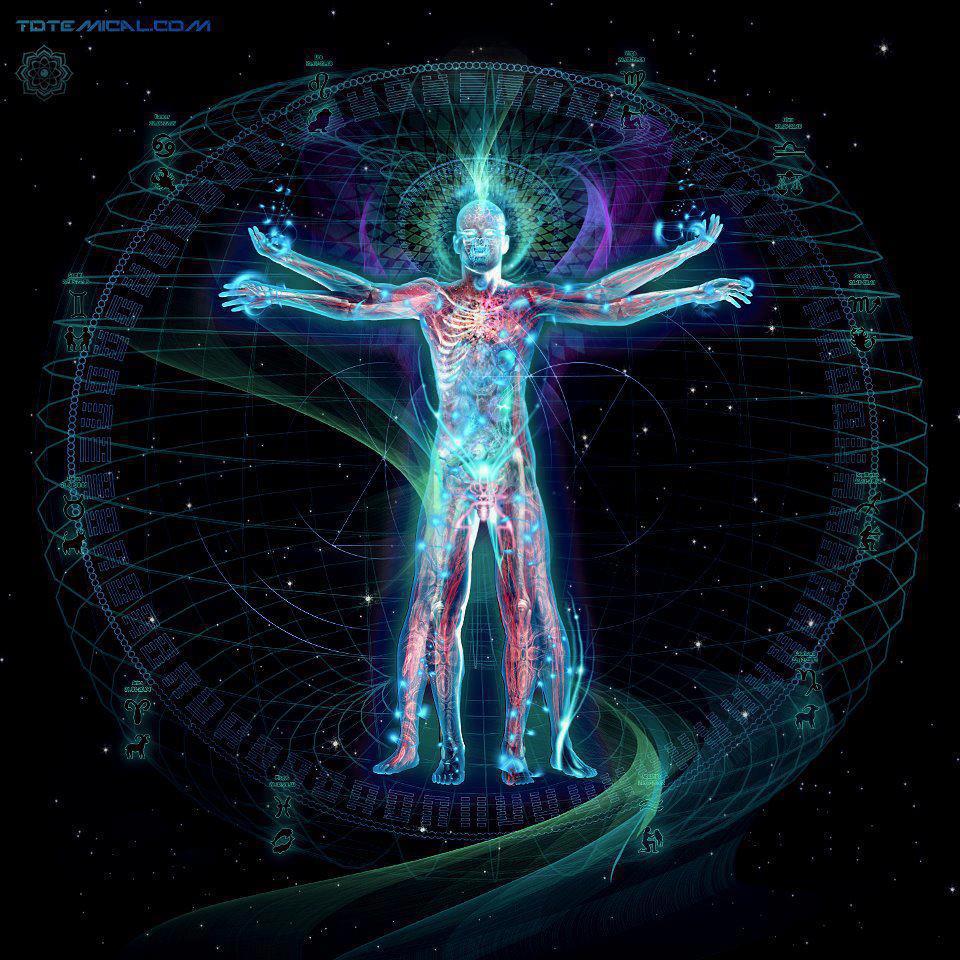In today’s New York Times, Alexander George writes
in the periodic philosophy column, The Stone,
about well poisoners. The essay was specifically directed at the current
occupant of the White House, and questioned whether his continued denigration of
scientific facts as “lies” and his accusations that the mainstream media
promotes “fake news” will end up poisoning the public discourse so that people
finally are unable to discuss serious issues based on facts. He cites the case
of the Dutch art forger van Meegeren who successfully forged paintings by
Vermeer. Van Meegeren was able to do so by managing to convince a prominent Vermeer
collector, whose collection was used as the yardstick against which to compare questionable works,
that a forgery was an authentic Vermeer. While today it’s completely obvious
that van Meegeren’s work looks nothing like Vermeer’s, that move allowed him to
pass off his forgeries as authentic.
George states that this move in philosophy is called “poisoning
the well”, and that behind every philosophical skeptic is a well poisoner. He
cites the case of Descartes, who, in his work Meditations on First Philosophy completely deconstructs your
everyday experience to show that none of your beliefs about the everyday world
can be trusted. Descartes does this by raising arguments about the trustworthiness
of your senses, and raises the possibility that you are dreaming. According to
George, Descartes pulls himself out of his tailspin to his satisfaction, but
not to many philosophers’. This kind of move is called “well poisoning”
because, like an enemy army trying to cut off the water supply to a village, it
is more efficient to poison the well (convince you that you cannot trust what
you experience) than to turn off the water at the individual houses (argue each
case individually).
Though I’ve never read Meditations
on First Philosophy, George’s descriptions of how Descartes argued sounded
an awful lot like Nagarjuna’s arguments in the Karikas. So the question arose for me: was Nagarjuna a well
poisoner, like Descartes?
Overall, I think not, but with respect to metaphysics, most
certainly. What Nagarjuna does is poison the well for those who try to argue philosophically
about ultimate reality and metaphysics. He firmly establishes that reality is
empty of any ultimate and self-existing objects, and only consists of ephemeral
cause and effect events, which he says are “like a dream”. Not that they are a dream, he just uses dreaming as a
metaphor. Nagarjuna’s tactics are rather the opposite of a well poisoner, to argue each individual case. Precisely because he wants to completely
deconstruct the notion of an ultimate reality with self-existing objects, he
cannot base his arguments on any assumed, overarching philosophical framework
or view. Even emptiness isn’t such a framework, Nagarjuna says that people who
believe emptiness is a view are “incurable”. So we can only talk about
reality from a conventional, cause and effect standpoint, not from an ultimate
standpoint. Curiously enough, that’s the conclusion I came to (before I even
knew a whole lot about Nagarjuna’s thinking) in my practice memoir, Silicon Valley Monk.
That’s why I subtitled it: From Metaphysics
to Reality on the Buddhist Path.
Image source: http://awoiaf.westeros.org/index.php/Poison
Image source: http://awoiaf.westeros.org/index.php/Poison


